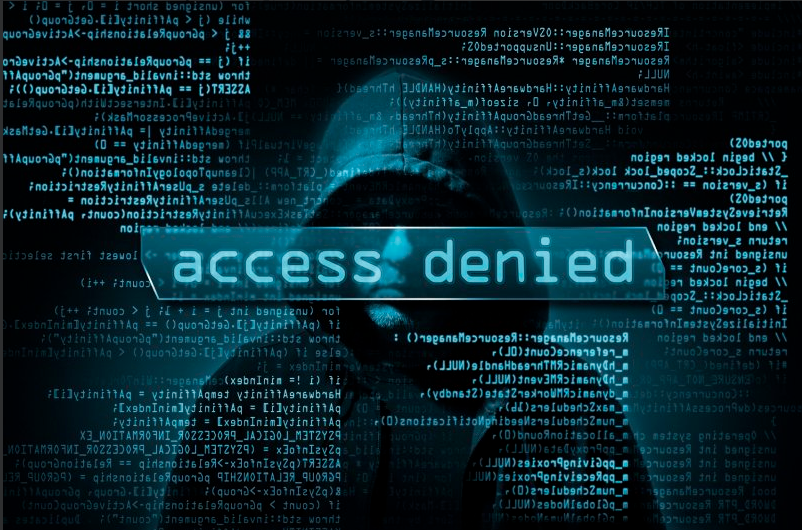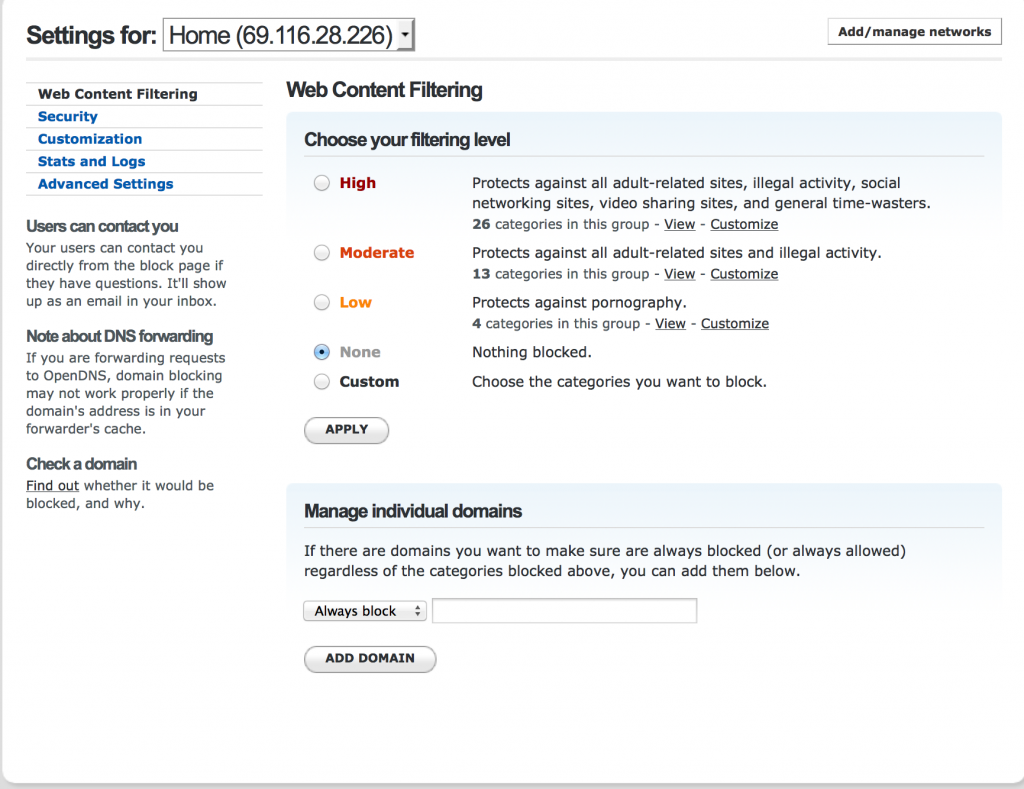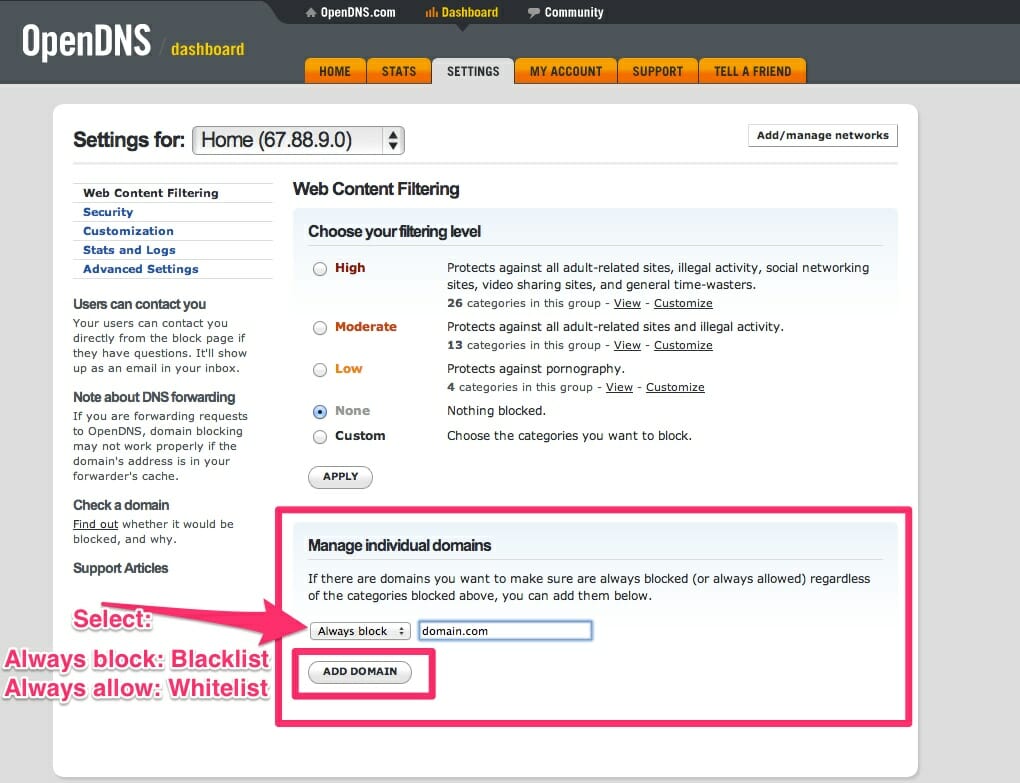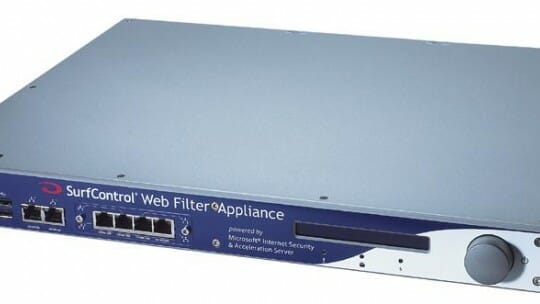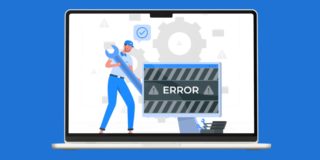Why you should use web content filtering
Setting up parental controls and filtering content on the Web is easy to implement. It can really be helpful keeping young children off of sites you don’t want them on. Filtering solutions are, of course, not perfect — if someone wants to get around it, they’re going to be able to get around it with just a little digging. However, that’s not to say that they’re useless.
Like we said, filtering solutions can be helpful for young children. You can keep them on specific websites and stop them from trailing off into the unknown. Unfortunately, it becomes less effective as children get older, but in the interim, filtering web content is an easy way to restrict things. Follow along below, and we’ll dive right into the pros, cons, and even some tools you can use!
Blacklisting & Whitelisting
There are filtering programs out there that will allow you to blacklist and whitelist specific websites. In fact, some of this technology is built right into modern day devices, such as iPads, iPhones and some Android gadgets.
Blacklisting sounds helpful upfront, but doesn’t always work properly. Web filtering solutions allow you to blacklist websites that they’ve categorized. So, if they’ve categorized a bunch of sites for “pornography” or “extreme violence,” you can turn it on and people on you’re network won’t be able to go to those websites. Unfortunately, it’s not a foolproof solution.
There are millions of sites on the Internet and it’s virtually impossible for a company to be able to categorize all of them. It may stop people in your household from hitting the popular sites with those categories, but it certainly won’t block all of them. On top of that, you may find that blacklisting stops you from reaching websites that are otherwise family friendly. For example, a website that advocates for ending racism could be labeled as “racism” by a filtering company, and you wouldn’t be able to access that website with blacklisting on.
Whitelisting is a little better, but is only really practical for young children. By turning on whitelisting, your children won’t be able to access any website on the Web that you didn’t put on an “approved” list. Whitelisting is basically a blanket blocking of all sites on the Web, and then you can put approved sites on that “approved” list. So, if you put YouTube and Nickelodeon as an approved site, those would be the only two sites your children could access.
Of course, you’re children will eventually outgrow the whitelist as they need more freedom for homework assignments, research and maybe even online lectures. But when they’re young, it’s a safe and easy way to keep them from trailing off what they’re supposed to be on.
As you can see, both of these solutions aren’t perfect, but they can work in certain respects. Unfortunately, they’re completely easy to bypass if someone gets on a Virtual Private Network (VPN). That, or one can very easily change the DNS server a computer is on, bypassing all of the rules you setup for your network.
Another option that content filtering solutions offer is the ability to simply block specific sites. Don’t want anyone accessing a specific site on your network? Simply open your content filtering solution and block it. When you do, always remember to block at the root domain (e.g. example.com not www.example.com), as that’ll block all the subdomains of that site, too. Do keep in mind that folks can still access blocked sites if they choose to change their domain server or use a VPN.
Is it worth it?
Setting up content filtering is totally worth it. It may be easy to get around, but whitelisting specifically is great for young children. Blacklisting, despite its negatives, isn’t bad either and could very well be enough to stop someone from going to sites you don’t approve of on your home network. It’s not a bad idea for small businesses either.
While setting up content filtering is a great idea in any household, these are only surface-level tools and don’t necessarily deal with the core of the problem. If you want your children to avoid going to pornographic sites, that’s ultimately a parenting conversation because, as we’ve stated over and over again, putting safeguards up aren’t foolproof solutions and can be easily broken through.
So, while it’s good while children are young, your “content filtering” should eventually evolve into the values you instill in and conversations you have with your children, otherwise content filtering on its own just won’t work with what you’re trying to accomplish. You also have to remember that, for a time, content filtering might work at home, but you have no idea what your children are doing when they’re out with friends or even at school.
Web Content Filtering Options
There are ton of great content filtering solutions on the web. In fact, there are way too many to all name in this article, so we’re going to simply show you our top three favorites below.
OpenDNS
There are plenty of tools out there to start content filtering on your home network. One of the most common and obvious choices is OpenDNS. OpenDNS brings content filtering features to your home network as well as some extra security benefits. It’s free to use for personal use, and OpenDNS even offers a step-by-step setup guide, but if you’re looking at for a small business, you’ll have to request a quote.
NetNanny
NetNanny is another popular option. The biggest difference between OpenDNS and NetNanny is that NetNanny doesn’t offer any business solutions or extra Enterprise-level security. It’s primarily focused on filtering content within your household. And it does that very well, albeit it does cost money to sign-up, unlike OpenDNS. NetNanny also does things like allowing you to setup alerts, manage it remotely, setup time allotments and even monitor social media.
They generally charge per device, and have packages for $40/per device, $60 for 5 devices or $90 for 10 devices.
K9
Finally, you have K9, another great content filtering service that focuses on protecting children on the Internet. It does much of the same as NetNanny, blocking content, specific websites, categories, and etc. It also has an anti-malware feature to keep your machine(s) protected from any viruses lingering around the ‘net. The biggest difference between NetNanny and OpenDNS is that K9 uses a web-based interface.
It’s a free download (for all devices) as well. K9 even has software options for Android and iOS devices, but these are a little less all-encompassing. This is because your child or teenager could very easily delete the software off of the tablet or device within a couple taps.
What about hardware?
Finally, you have the option of implementing content filtering through hardware. These are generally referred to as web content filter appliances, and some simply call them “gateways.” Barracuda offers some excellent options and so does WebTitan. Unfortunately, hardware options aren’t great solutions for individual households, as they can be insanely expensive and are generally designed to handle hundreds of devices at a time, sort of like in a business setting.
You can get one, and it’ll work, but it’s pretty much a waste of money in such a small setting. It’s also not necessarily worth investing all that money when your children can easily access content outside of the home as well. In this case, something like OpenDNS, NetNanny or K9 will go above and beyond filling the needs of your home. But, if you’re a small business owner looking for a high-end solution that can handle hundreds of devices, looking at a hardware option could be a viable solution. It certainly won’t stop workers from going to sensitive websites while at work, but may suppress it enough to where that type of content is discouraged (or there’s too many hoops to jump through) enough where people won’t view unapproved sites on your business’ network.
Closing
As you can see, web content filtering can be an extremely useful tool not only for blocking access to sensitive websites, but also to enhance security in some respects. With using content filtering, you can reduce the risk of people hitting websites with malware, botnets, etc. Not only that, but some content filtering tools, such as OpenDNS, come with a ton of extra security features for your network. They can be used really well in small business settings as well, as some of these tools — like OpenDNS — pride themselves on offering a suite of extra Enterprise-specific security features.
So yes, content filtering is a useful tool that everyone should employ in their households, but do remember that content filtering has to evolve past surface-level tools as children get older.
Do you have a favorite content filtering solution? Let us know in the comments section below!




